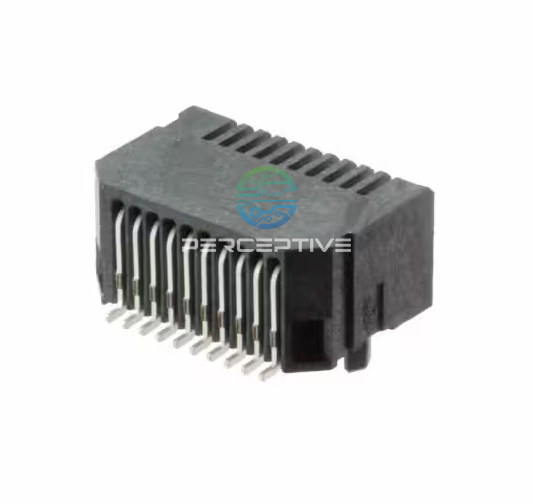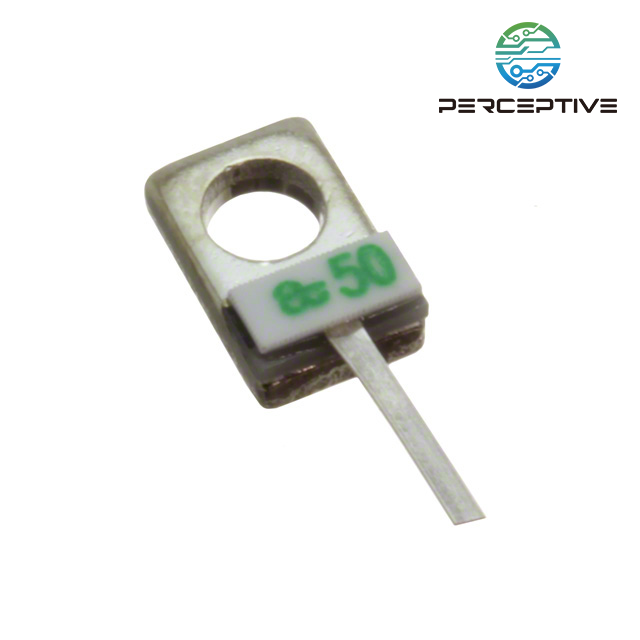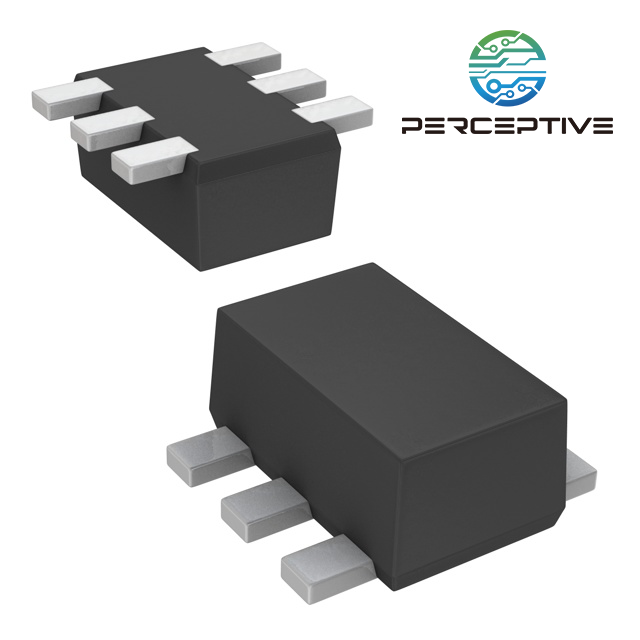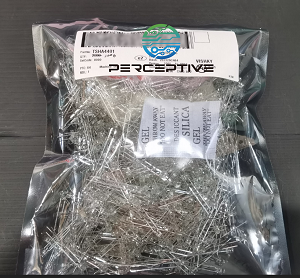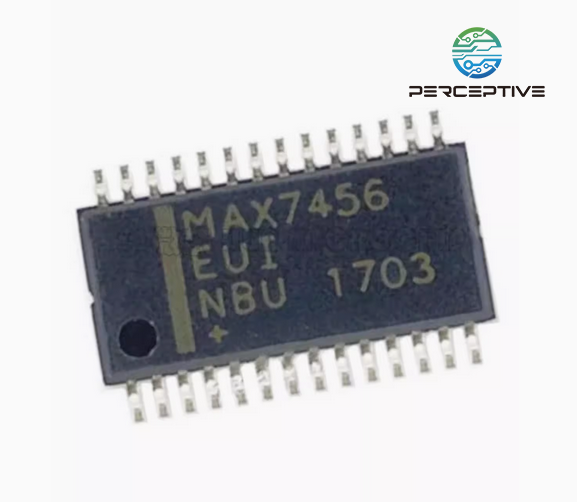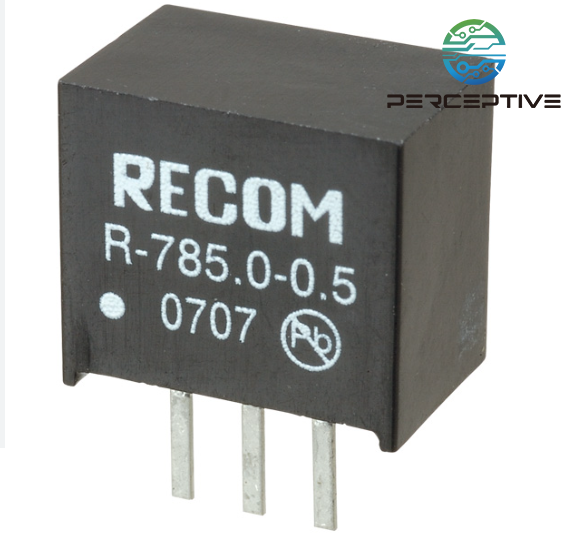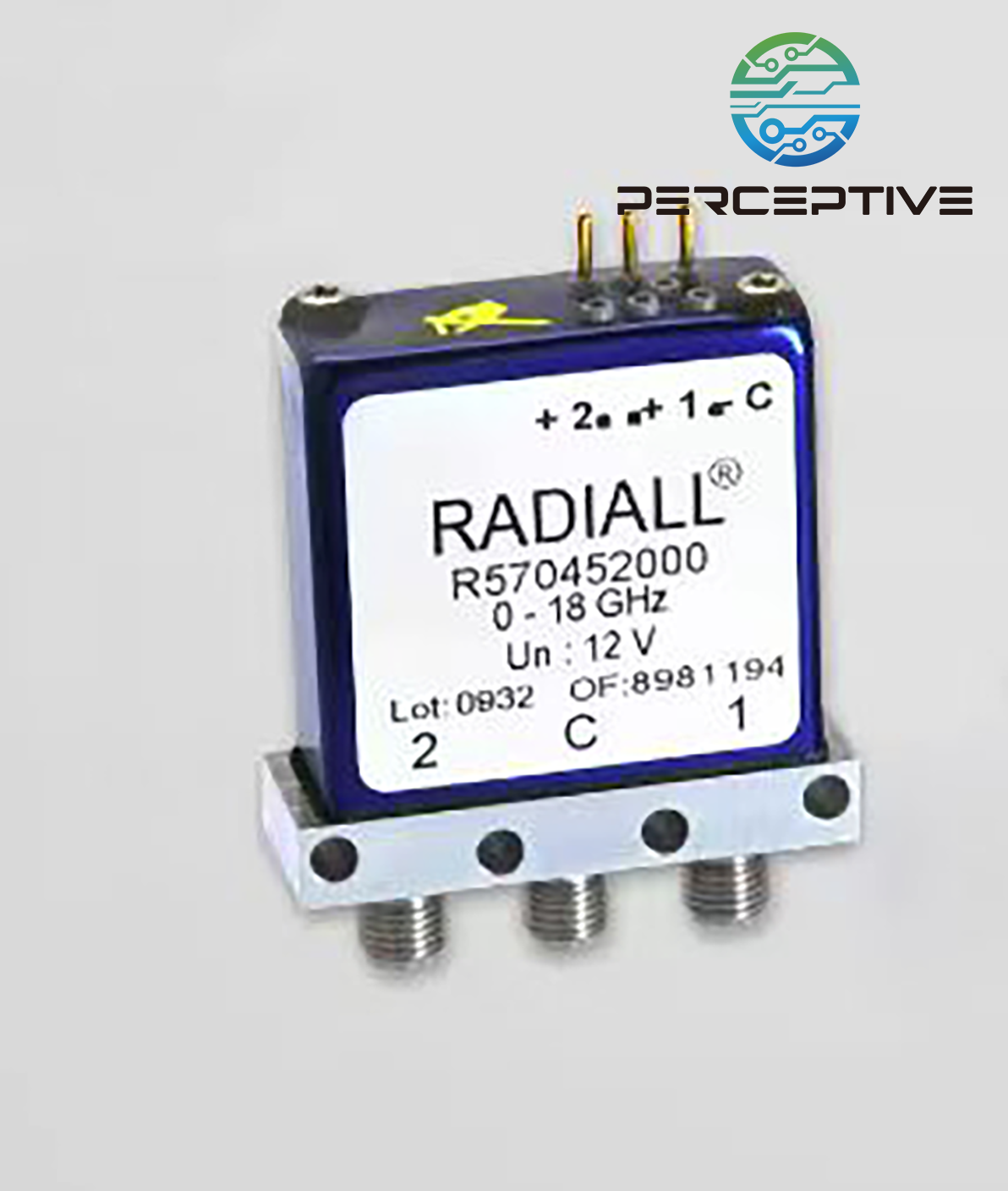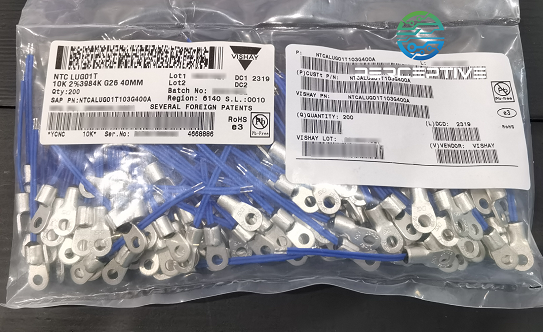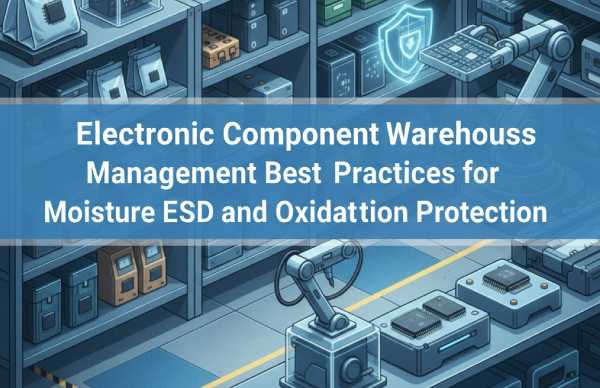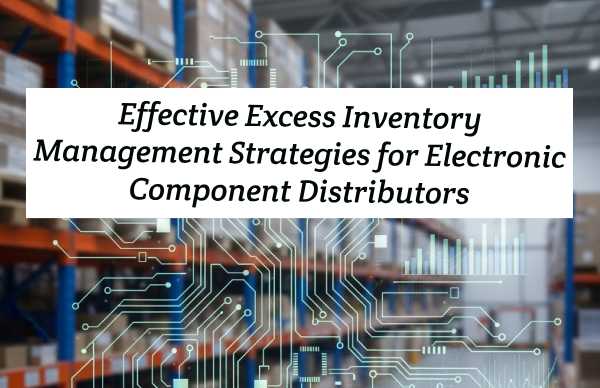Electronic components are the lifeblood of modern technology, and their timely procurement directly dictates the speed of innovation and production. In this dynamic landscape, delays in sourcing electronic parts can ripple through production schedules, impacting project timelines and ultimately, the bottom line. When selecting an electronic component supplier, one crucial factor that demands careful consideration is their lead time – the duration between placing an order and receiving the components. Understanding how lead times are influenced by factors like Minimum Order Quantities (MOQs) is paramount for efficient procurement.
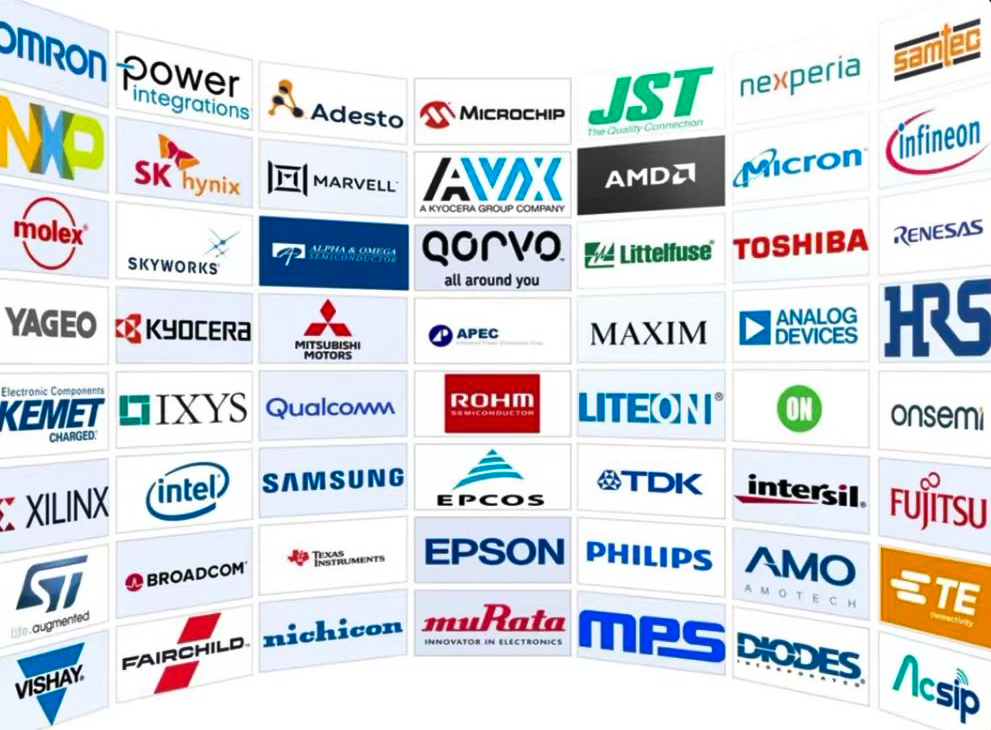
Many suppliers operate with varying lead times depending on the order volume. This is often intrinsically linked to their production processes and inventory management. Larger orders can sometimes unlock shorter lead times due to economies of scale. When a significant quantity is ordered, suppliers might prioritize its production run, optimize their manufacturing schedule, or even have some of the required quantity readily available in stock. This efficiency often translates to a quicker turnaround for the buyer.
Conversely, smaller orders, especially those falling below the supplier's MOQ for immediate stock, might face longer lead times. These smaller quantities may need to be batched with other similar orders to make production runs cost-effective for the supplier. This consolidation process can inevitably extend the waiting period. Additionally, for highly specialized or custom components, regardless of the order size, a longer lead time is generally expected due to the unique manufacturing requirements.
Savvy procurement professionals and engineers understand how to strategically leverage this relationship between order quantity and lead time. Here are some key considerations:
Forecasting and Planning: Accurate forecasting of component needs is essential. By anticipating future requirements and consolidating orders where possible, businesses can often meet the MOQs that unlock shorter lead times and potentially better per-unit pricing. Implementing robust Material Requirements Planning (MRP) systems can significantly aid in this process.
Negotiation and Communication: Open communication with potential suppliers is vital. Don't hesitate to discuss lead time expectations and how they might be affected by different order quantities. Sometimes, negotiating slightly higher order volumes in exchange for a guaranteed shorter lead time can be a worthwhile trade-off, especially for critical components.
Supplier Diversification: Relying on a single supplier for all components can expose your supply chain to significant risks, including extended lead times if that supplier faces unforeseen challenges. Establishing relationships with multiple reputable suppliers provides flexibility and allows you to compare lead times and MOQs for different vendors.
Inventory Management: While holding excessive inventory can tie up capital, maintaining a strategic buffer stock of frequently used components with longer lead times can mitigate the risk of production delays caused by extended supplier turnaround. The key is to strike a balance between carrying costs and the cost of potential disruptions.
Understanding the Supplier's Model: Different suppliers operate with varying business models. Some might focus on high-volume, standardized components with shorter lead times for bulk orders, while others specialize in low-volume, custom parts with inherently longer lead times. Understanding a supplier's core strengths and typical lead time structure is crucial for making informed decisions.
Conclusion
When selecting an electronic component supplier, lead time is a critical factor that should be evaluated alongside price and quality. Recognizing the interplay between lead times and MOQs, and implementing proactive strategies like accurate forecasting, open communication, and supplier diversification, can empower procurement teams and engineers to optimize their sourcing processes, minimize delays, and ultimately contribute to smoother and more efficient product development and manufacturing cycles. Ignoring this crucial aspect can lead to costly delays and missed market opportunities.

